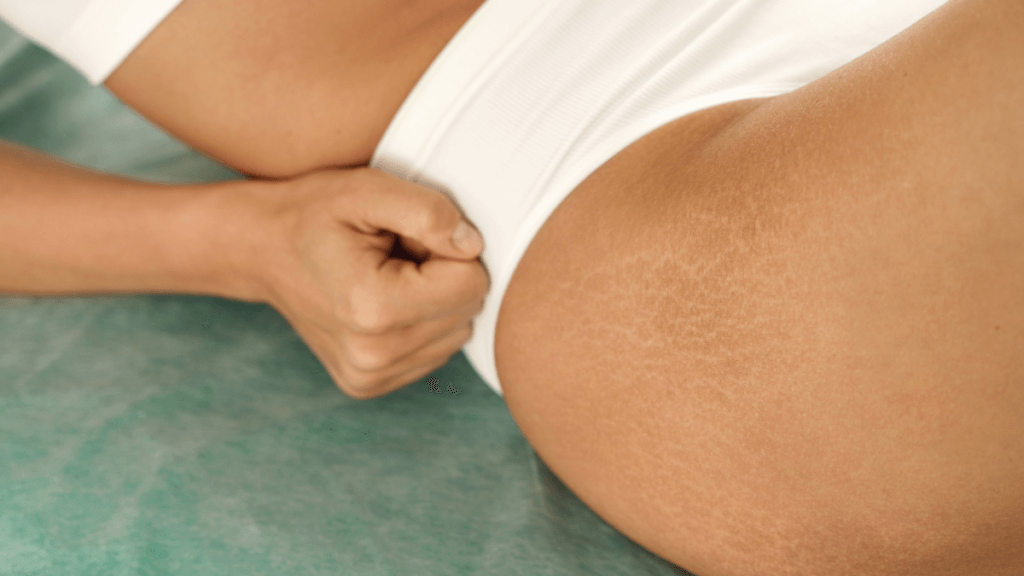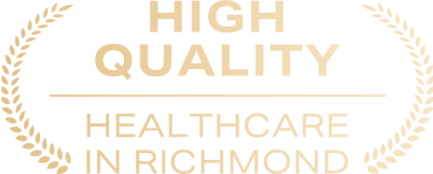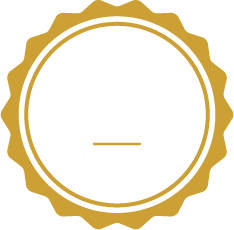People may be obsessed with the appearance of stretch marks for several reasons. Some individuals may feel self-conscious about them and worry about how others perceive them. This can lead to an obsession with trying to hide or minimize their appearance.
Understanding Stretch Marks
Stretch marks, scientifically known as striae, are a common type of skin scarring that manifests as indented streaks or lines. These marks typically develop when the skin undergoes rapid stretching, which can occur during puberty, pregnancy, or significant weight changes. The abrupt expansion or contraction causes the collagen and elastin fibers in the skin to tear, resulting in these visible scars as the skin heals.
Stretch marks can appear on various parts of the body, especially where larger amounts of fat are stored. Common areas include the abdomen, breasts, upper arms, underarms, back, thighs, hips, and buttocks. Initially, stretch marks may appear red, purple, pink, or dark brown, depending on your skin color.
Over time, they usually fade to a lighter, almost silver tone, but their texture often remains different from the surrounding skin. The appearance and severity of stretch marks can vary, influenced by factors such as genetics, skin type, and the degree and speed of skin stretching.
The Importance of Collagen in Skin Health
Collagen is a crucial protein in the body that provides structure, strength, and elasticity to the skin. It acts as a scaffold, supporting the skin’s overall integrity and resilience. As a fundamental component of the extracellular matrix, collagen helps maintain skin firmness and hydration, playing a vital role in skin repair and regeneration.
As we age or undergo rapid changes in body size, the production and quality of collagen can diminish, leading to skin issues such as stretch marks. The disruption of collagen fibers during rapid skin stretching results in the characteristic appearance of stretch marks. Therefore, enhancing collagen production and remodeling is a key strategy in treating and reducing the appearance of these marks.
Collagen & Stretch Mark Treatment
Laser Therapy
Laser therapy is one of the most effective treatments for pregnancy and other dermal scars. This method utilizes focused light to penetrate the skin and stimulate collagen production. There are different types of laser treatments used for stretch marks, including:
- Fractional Laser Therapy: Also known as Fraxel, this technique creates micro-injuries in the skin, which trigger the body’s natural healing process and stimulate collagen production. The result is improved skin texture and reduced visibility of stretch marks.
- Pulsed Dye Laser Therapy: This laser targets blood vessels within dermal scars, reducing redness and promoting the reformation of collagen and elastin.
Clinical studies have shown that laser therapy can significantly improve the appearance of stretch marks by enhancing collagen and elastin synthesis, leading to smoother and firmer skin.
Microneedling
Microneedling, also known as collagen induction therapy, involves the use of tiny needles to create controlled micro-injuries in the skin. This process stimulates the production of collagen and elastin as the skin repairs itself. Microneedling can be particularly effective for stretch mark removal by:
- Enhancing Skin Texture: The induced collagen production helps to improve the skin’s texture, making stretch marks less noticeable.
- Increasing Product Absorption: Microneedling can also enhance the absorption of topical treatments, such as hyaluronic acid and retinoids, further boosting collagen production and skin regeneration.
A study published in the Journal of Cutaneous and Aesthetic Surgery found that microneedling significantly reduced the appearance of stretch marks, with patients showing considerable improvement in skin texture and elasticity.
Combined Approaches
Combining laser therapy and microneedling can offer synergistic benefits for treating stretch marks. This combined approach leverages the strengths of both treatments to maximize collagen production and skin rejuvenation. By stimulating the body’s natural collagen production processes, these treatments can significantly improve the appearance of stretch marks and enhance overall skin texture and elasticity.
Starting with laser therapy to reduce redness and followed by microneedling can enhance collagen synthesis and improve overall skin appearance more effectively than either treatment alone. Laser therapy targets the deeper layers of the skin to stimulate collagen production, while microneedling creates controlled micro-injuries that promote the healing process and further collagen development. This combination results in a smoother and more even skin tone, reducing the visibility of stretch marks.
Using collagen-boosting serums and creams in conjunction with these procedures can further enhance results by providing the skin with essential nutrients needed for repair and regeneration. Topical treatments can penetrate the skin more effectively after microneedling, allowing for better absorption and increased efficacy. This holistic approach ensures that the skin receives comprehensive care, leading to more significant and longer-lasting improvements in skin health and appearance.
Medical Terms for Stretch Marks
- Striae – The medical term for stretch marks.
- Striae Distensae – A more specific medical term, often used in dermatological contexts.
- Striae Atrophicae – Refers to older stretch marks that have thinned out.
- Striae Gravidarum – Stretch marks that occur during pregnancy.
- Striae Rubrae – Newly formed stretch marks that are red or pink.
- Striae Albae – Older, more mature stretch marks that have turned white or silver.
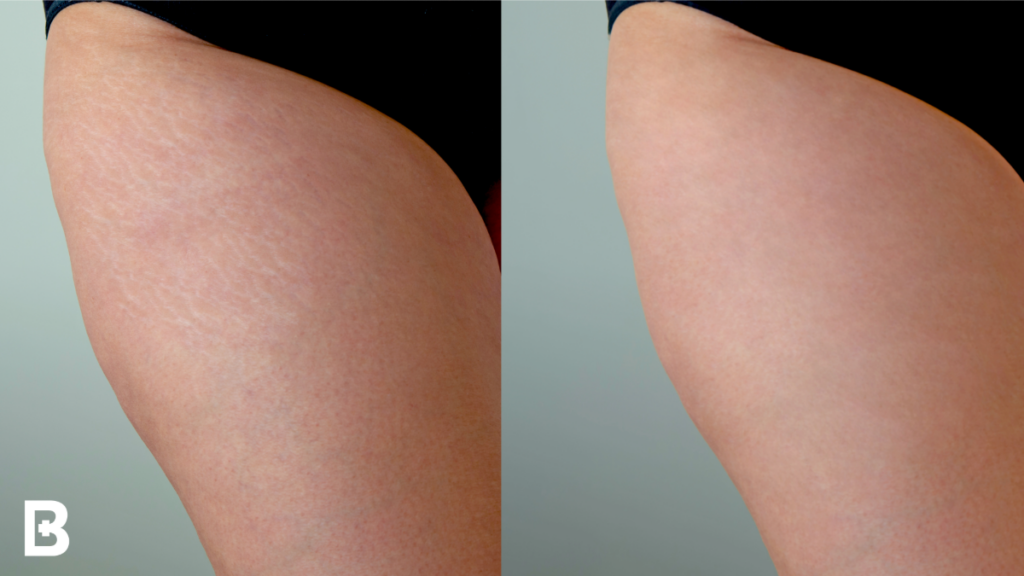
Critical Role
The role of collagen in treating stretch marks cannot be overstated. As a crucial protein for skin health, boosting collagen production and remodeling is key to reducing the appearance of stretch marks and improving skin texture and elasticity. Treatments like laser therapy and microneedling offer effective solutions by stimulating the body’s natural collagen production processes.
For those looking to address similar concerns, consulting with a qualified aesthetic professional to discuss these options can lead to significant improvements in skin health and appearance.




